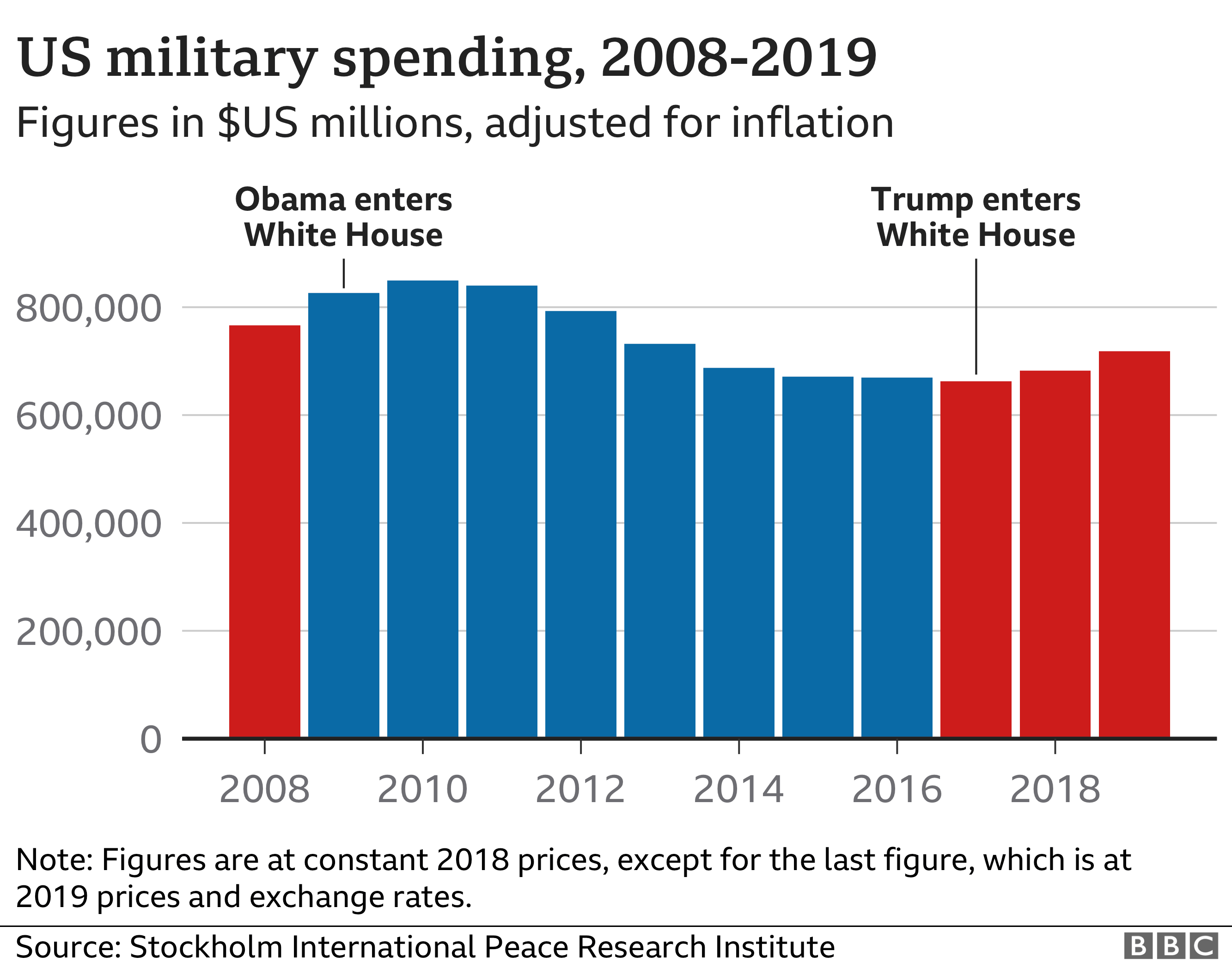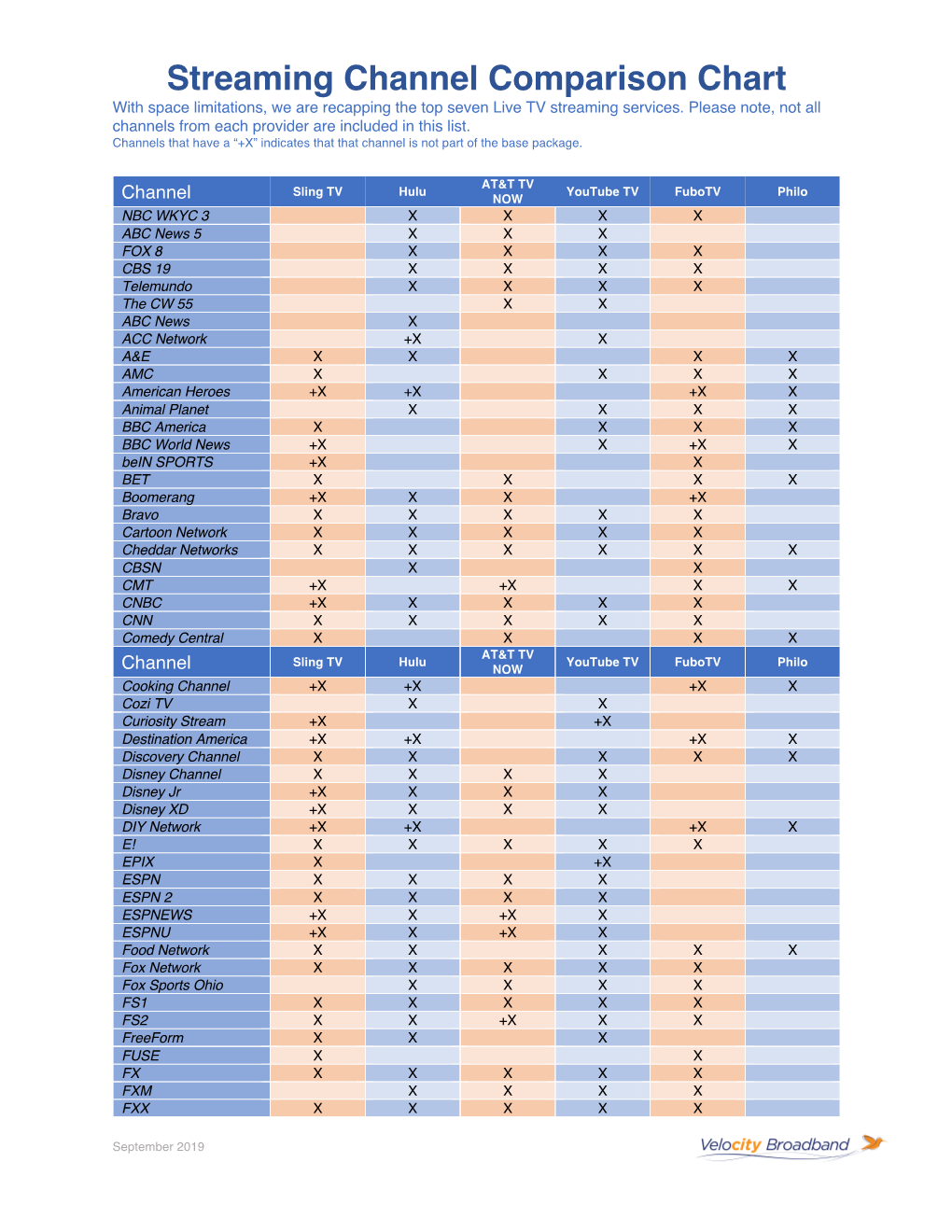Military Spending Increase: Analyzing Europe's Response To Russia

Table of Contents
The Russian Invasion as a Catalyst
The Russian invasion of Ukraine acted as a stark catalyst, dramatically altering European perceptions of security. The previously perceived low-level threat from Russia was instantly redefined, prompting a rapid and significant response.
- Increased threat perception from Russia: The invasion shattered the illusion of a peaceful post-Cold War Europe, revealing Russia's willingness to use military force to achieve its geopolitical objectives. This heightened threat perception became a primary driver for increased defense spending.
- NATO's enhanced role and increased military deployments: The invasion strengthened NATO's role as a collective security organization. Member states increased military deployments to Eastern Europe, reinforcing the alliance's eastern flank and deterring further Russian aggression. This involved significant investments in troop deployments, equipment upgrades, and infrastructure improvements.
- Exposure of existing defense vulnerabilities: The conflict exposed vulnerabilities in European defense capabilities, highlighting the need for modernization and increased investment in military equipment and personnel. This included deficiencies in areas like air defense, cyber security, and intelligence gathering.
- Public support for increased defense spending: The invasion significantly shifted public opinion, with many Europeans now supporting greater investment in defense. Polls across multiple European countries showed a marked increase in support for increased military spending following the invasion.
Pre-invasion defense budgets across Europe were relatively stagnant, with many countries falling short of the NATO target of 2% of GDP. However, post-invasion, several nations announced significant increases. For instance, before the invasion, Germany's defense budget was approximately 1.5% of GDP. After the invasion, the German government committed to exceeding the 2% target, marking a substantial shift in its defense posture. This illustrates a widespread trend of significantly increased NATO spending across the continent.
National Responses to the Military Spending Increase
European nations have responded to the need for increased defense spending in varied ways, reflecting differing geopolitical priorities, economic capacities, and public opinions.
- Germany's significant increase in defense spending: Germany, traditionally reluctant to engage in significant military spending, announced a €100 billion special fund for its military, the Bundeswehr, representing a massive increase in its defense budget. This fund is earmarked for modernizing equipment, increasing personnel numbers, and improving overall military capabilities. The shift in German policy marks a profound change in its security stance.
- Other notable increases: The UK, France, and Poland also committed to significant increases in their defense budgets, reflecting the shared concern over Russian aggression. The UK maintained its commitment to a significant proportion of its GDP for defense spending, while France's defense investments focused on modernization and strengthening its nuclear deterrent. Poland's increase was fueled by its direct proximity to the conflict and the need for enhanced border security. Specific data on increases for each country can be found in reports from organizations like the Stockholm International Peace Research Institute (SIPRI).
- Countries exceeding NATO's 2% GDP target: Several NATO members, including Greece, Estonia, and the UK, have already exceeded the alliance's 2% GDP target for defense spending for years, illustrating a pre-existing commitment to robust defense capabilities. Others are now actively working to meet or exceed this goal.
- Factors influencing national decisions: National decisions regarding defense spending are influenced by a complex interplay of factors. Public opinion plays a significant role, as does political leadership and the overall economic capacity of a nation. Economic constraints can force difficult choices between defense spending and investments in other crucial areas like healthcare and education.
Economic and Societal Implications of the Military Spending Increase
The significant military spending increase has profound economic and societal implications.
- Impact on national budgets and potential trade-offs with social programs: Increased military spending inevitably strains national budgets. Governments must make difficult choices about how to allocate limited resources, potentially leading to trade-offs with social programs in areas such as healthcare, education, and infrastructure. This can fuel social and political tensions.
- Opportunities for the defense industry and job creation: The increased defense spending creates opportunities for the defense industry, leading to job creation and economic growth in specific sectors. This can stimulate technological innovation and boost the economy in certain regions.
- Potential inflationary pressures: A large surge in defense spending can contribute to inflationary pressures, particularly if it leads to increased demand for resources and skilled labor. This can impact the cost of living and overall economic stability.
- Long-term economic sustainability of increased military spending: The long-term economic sustainability of significantly increased military spending remains a concern. Maintaining high levels of defense expenditure requires a continuous commitment of resources and can potentially impact long-term economic growth.
Geopolitical Repercussions and Future Outlook
The military spending increase has significant geopolitical repercussions.
- Shifting power dynamics within Europe: The varying levels of defense spending across European nations are leading to shifts in power dynamics. Countries with larger defense budgets may have greater influence within the EU and NATO.
- The evolving relationship between Europe and the United States: The increase in European defense spending has implications for the transatlantic relationship. The US's role in European security remains critical, but the growing European capacity for self-defense might change the nature of this partnership.
- Potential impact on arms control and disarmament efforts: The increased military spending could negatively impact international efforts toward arms control and disarmament. The potential for an arms race within Europe represents a significant concern.
- Long-term implications for European security architecture: The long-term implications for European security architecture are still unfolding. The increased defense spending will likely lead to a more militarized Europe, potentially altering its relationship with neighboring countries and impacting the continent’s overall security landscape.
Conclusion:
The military spending increase in Europe, primarily driven by Russia's invasion of Ukraine, represents a profound shift in the continent's security landscape. This surge in defense budgets, while necessary to address immediate threats, also raises significant economic and societal questions. Understanding the varied national responses, the economic implications, and the broader geopolitical repercussions is crucial for navigating the future. Further research and analysis of the military spending increase in Europe are essential to ensure a stable and secure future for the continent. Stay informed on developments concerning the military spending increase in Europe to better understand the evolving security dynamics.

Featured Posts
-
 Tien Linh Dai Su Tinh Nguyen Binh Duong Cau Thu Nhan Ai
Apr 30, 2025
Tien Linh Dai Su Tinh Nguyen Binh Duong Cau Thu Nhan Ai
Apr 30, 2025 -
 Hanh Trinh Cua Cong Nhan Dien Luc Mien Nam Tai Du An 500k V Mach 3 Kho Khan Va Thanh Cong
Apr 30, 2025
Hanh Trinh Cua Cong Nhan Dien Luc Mien Nam Tai Du An 500k V Mach 3 Kho Khan Va Thanh Cong
Apr 30, 2025 -
 Retailers Sound Alarm Tariff Price Increases Imminent
Apr 30, 2025
Retailers Sound Alarm Tariff Price Increases Imminent
Apr 30, 2025 -
 Cavs Vs Heat Game 2 Your Guide To Live Streaming And Tv Broadcast
Apr 30, 2025
Cavs Vs Heat Game 2 Your Guide To Live Streaming And Tv Broadcast
Apr 30, 2025 -
 Corrections And Clarifications Best Practices For Journalists And Writers
Apr 30, 2025
Corrections And Clarifications Best Practices For Journalists And Writers
Apr 30, 2025
